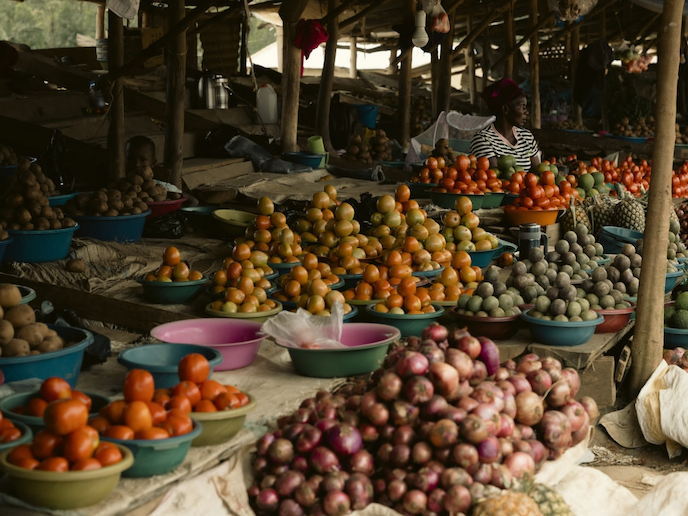Strengthening nutrition through connected food systems
Food systems need to be rethought if we are to feed global populations in a sustainable manner. Our current focus on too few crops for example depletes soils and biodiversity and is inefficient in delivering enough healthy and nutritious food. This situation is compounded in Africa. With limited local processing facilities, raw materials are often exported abroad, with higher-value finished products then bought back. “Many people also do not have access to affordable healthy nutritious food,” says HealthyFoodAfrica(opens in new window) project coordinator Mila Sell from the Natural Resources Institute Finland(opens in new window). “There is also a need to make consumers, producers and policymakers more aware about nutrition.”
Setting up food systems labs
The EU-funded HealthyFoodAfrica project sought to examine the situation in Africa at a systems level, to find ways of better connecting actors throughout the food system and giving everyone from farmers to consumers a say in how food production is organised. “We recognised that while the problem is at the systems level, solutions have to be context-specific and address local issues,” adds Sell. “We established 10 food systems labs(opens in new window) in six countries – Benin, Ethiopia, Ghana, Kenya, Uganda and Zambia. Each of these labs was coordinated by a local organisation or actor and tackled issues such as nutrition and consumption, sustainable production or food safety.” While focused on addressing local challenges, the project also examined ways of scaling up the solutions and making them adaptable to other situations. “Scientists and experts from fields such as production processing, food safety and agricultural economics came to co-create solutions with the labs,” notes Sell. “This was a very dynamic process.”
Creation of local food production cooperatives
The project has resulted in numerous successes. Work to improve maize production at a refugee settlement in Uganda for example led to women forming a cooperative, establishing a processing mill and getting better prices for their produce. “Initially the focus was on market access,” explains Sell. “We worked with economists, who looked at how value chain governance could be improved.” However, we noticed a key bottleneck was the number of middlemen involved. These were often male relatives, and thus cutting them out completely would have been a challenge. The project therefore had to focus on building trust. The efforts brought communities together for discussions to demonstrate the benefit to everyone of enabling women to earn better incomes and flourish. Another example from Zambia was the food policy council that brought together people ranging from farmers to local government officials. Such citizen-led processes and locally formulated approaches have led to more inclusive and sustainable local food systems.
Sustainable and systemic food policy change
The hope is that these developments will continue to deliver results at the local level. Lessons learned from the project have been gathered and included in publications(opens in new window) ranging from health and safety training manuals to various production techniques. “The aim of these is to provide an overview of the many shared issues out there,” adds Sell. “While much of the work carried out was context-specific, there are ways of connecting this work up.” The project has also put forward policy recommendations(opens in new window), to ensure that changes implemented at the local level are sustainable and systemic. “We have tried to identify what issues need to be on the table,” says Sell.



